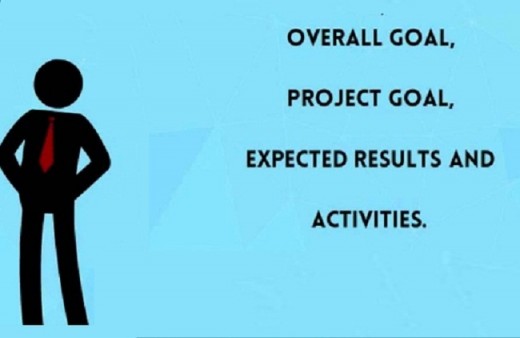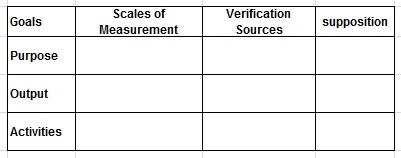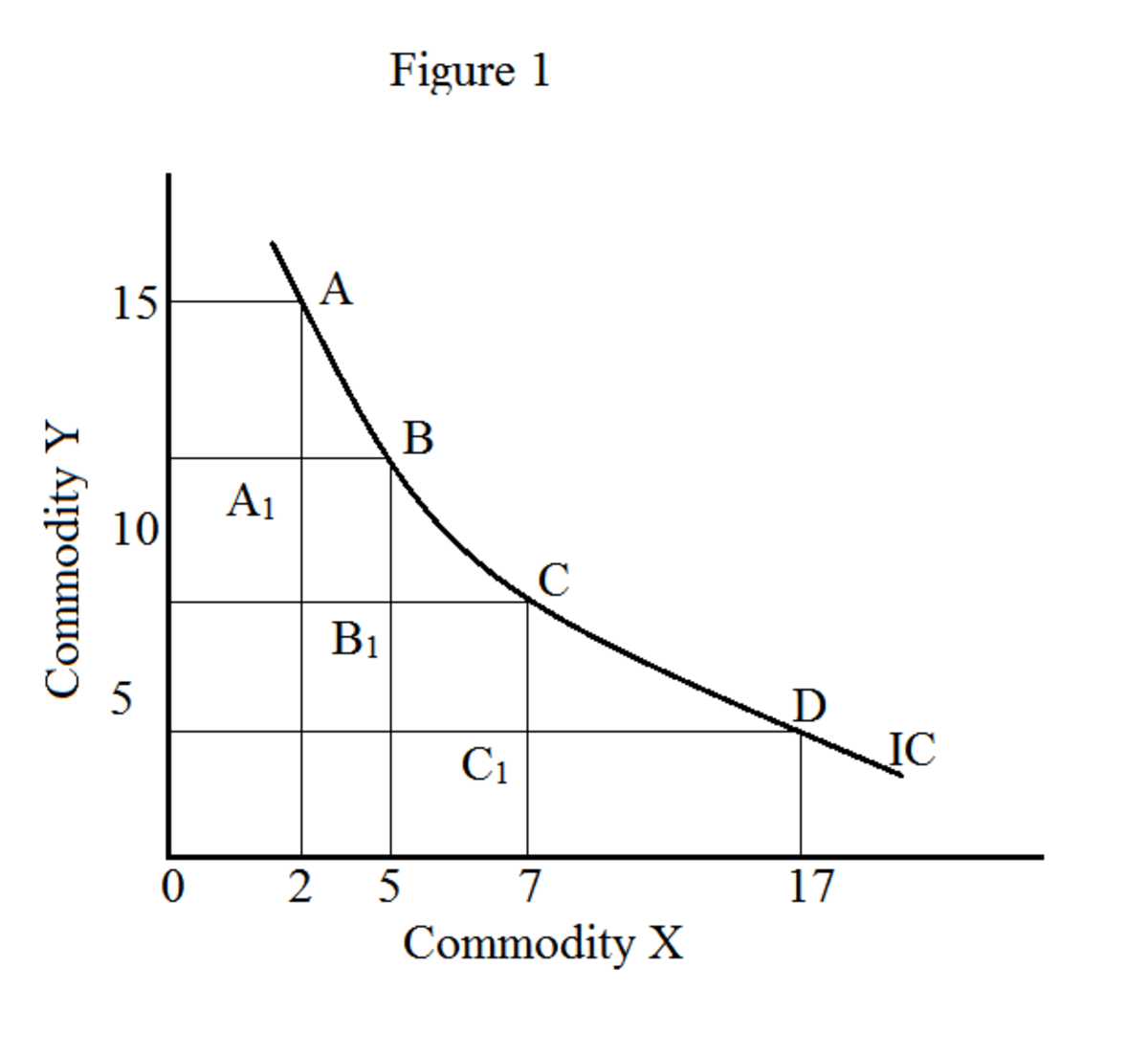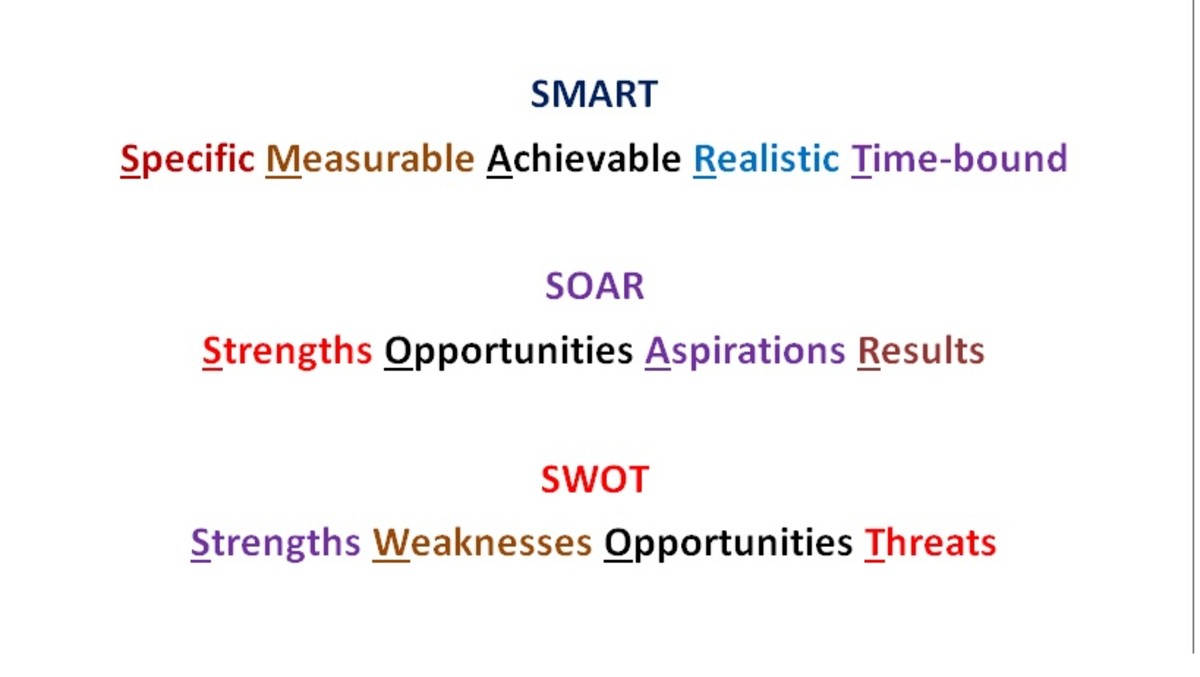- HubPages»
- Education and Science»
- Teaching»
- Lesson Plans
Logical Framework Approach (LFA), Actually What It Is?

LFA (Logical Framework Approach)
LFA is a useful Tools to get success in Project management. The Logical Framework which is also called Logframe is mainly a planning tool consisting of a matrix which provides an overview of a project’s goal, activities of that project and anticipating results. It develops a structure to specify the components of a project and its activities for relating them with one another. And This is the most simplified derivation which I have about LFA process.
This process was mentioned in the last part of 1960 by USAID for project planning.
LFA depends upon some important criteria. We can classify them as:
• Engagement Activities
• By Defining Actual Ownership
• By Assigning Appropriate Responsibilities
• Purpose Simplifying
• Ensuring Proper Connection Activities
• Handling risks on right Time
• And Beneficiaries engaging in project planning
LFA Characteristics: There are some characteristics in the Logical Framework Approach. Among the most important are:
• Finding the ‘Root Cause’ of any arisen Problem
• Appropriate Objective Setting
• Analyze the Actual Demand of Vendor
• Focusing on Logical Thinks & Demonstrate The Illogical One
Why LFA is popular instead of As usual Project Success Measuring Tools
Because of Its Relevance; Feasible & Sustainable characteristics, the ability to handle Typical Situation and weaknesses can be analyzed through correct solutions; Availability of Scope Facilitates implementation & for its visible indicators of the project's achievements.
Major steps of LFA:
• Projects context
• Stakeholders analysis
• Analyzing the project Criteria
• Situation Analysis
• Objectives Analysis
• Plan of Activities
• Plan of Resources/Inputs
• Indicators/measurements
• Risk Analysis
• Analysis of Assumptions
Different steps of LFA:
• Relevance: For Context, Stakeholder, Problem and Objectives analysis. Making Logical links between problems and solutions.
• Feasible: Making Plan of Activities, Resources/inputs, and Indicators. Measuring that Are the resources sufficient enough to do the goals. (i.e. Resources: Personnel, time, financial fund, necessary equipment.)
• Sustainable: Researching on Risk analysis and Assumptions.
LFA Log Frame:
- Overall objectives
- Project purposes
- Results and
- Activities
Summary Assessment of Logical Framework Approach:
• Ensuring the whole project Relevant, Feasible and Sustainable
• Appropriate Participation & Ensuring proper ownership
• Work with Joint approach to the project (If Necessary)
• Analysis of the problem with the accuracy of time to correctly interpret causes & effects
• Making Connections with problems and Desire objectives
• Additionally be focused on cost-effectiveness and gender, studying on environmental aspects and making a clear division of required responsibilities
LFA is a smart Tool to carry you out in your project work. But still it has some obstacles such as inflexibility of your project work and it may arise as containment of unique thinking and inventive skill of management.
How to Implement A Log Frame In A Brief
Log frame or simply the logical framework is such a process that shows the relationship of a project between their main fundamentals of objectives, activities, and resources. The external elements normally which we know as a supposition, which directly affect any project is also focused by it. And all of those main ingredients are focused on a table to judge the success value. Normally this table consists of 4 rows and 4 columns. In where there are Goals, Measure mental Scale, Source & Suppositions are kept in the Column headings & Similarly On the rows heading Goals, Purpose, Output & Activities are kept.
Logframe Work Sheet
Click thumbnail to view full-size
Contents of Logframe Factors
The first column of the log frame table is called the 'portion of intervention'. The first row shows information about project activities. After completing the activities we will have to move them into possible outputs. Each individual output will help together to do the project Goal. From the top row, we will find the project’s purpose by achieving one or more goals.
Project goal or aim mainly explain the project logic which normally lies under our control. Directly go to the activities shows the failure of project goal control but it may influence to do the logical view in a structured way which means assumptions. When we will do the activities but our assumptions will not be held then we will do the expected outputs.
No matter of mass acceptance or not, Log Frame Implementation has become one of the most demanded need both for project officials & as well as investors specially for various International projects.
Normally Log Form fulfillment starts by filling up the Top which is the Goal Section. But I will prefer to starts with the bottom which is the Activities section.
Always we will have to remind that for completing the project summary we will always make a link between different levels of the projects and activities which will clearly show the actual output.
Means of Verification technique will always be tried to carry out through the project work thus we can manage most of the variable indicators.
And finally, the last step will be the proper recommendation in where clearly all the risk and assumptions will be reflected.
If we can Do all the above work perfectly, Then we will be able to Find out a result Based on our prior Analysis. And This result will like below: If we consider the outputs are as AND the assumptions are all as True, Then our desired outcome will be considered as achieved.
Finally, I will refer to those who are more precisely interested in LFA, can go thoroughly by the below link for more ideas & details.
Some External Resources
- A Logical Framework Approach To Project Cycle Management
It is a publication of world bank about the details of Logical Framework Approach on Project Management.
- Project Preperation – The Logical Frame Work Approach & Logical Framework Matrix
Here you will get some informative process details of Logical Framework Approach and its correspondence.
What is LFA? What does LFA mean?
Conclusion
Log frame can be a way of completing managerial approaches of any organization. Generally, this framework is used in many different purposes. We can use it for planning our own project. It can also be used for any typical project programs that need many individual actions which normally very time lengthy.










